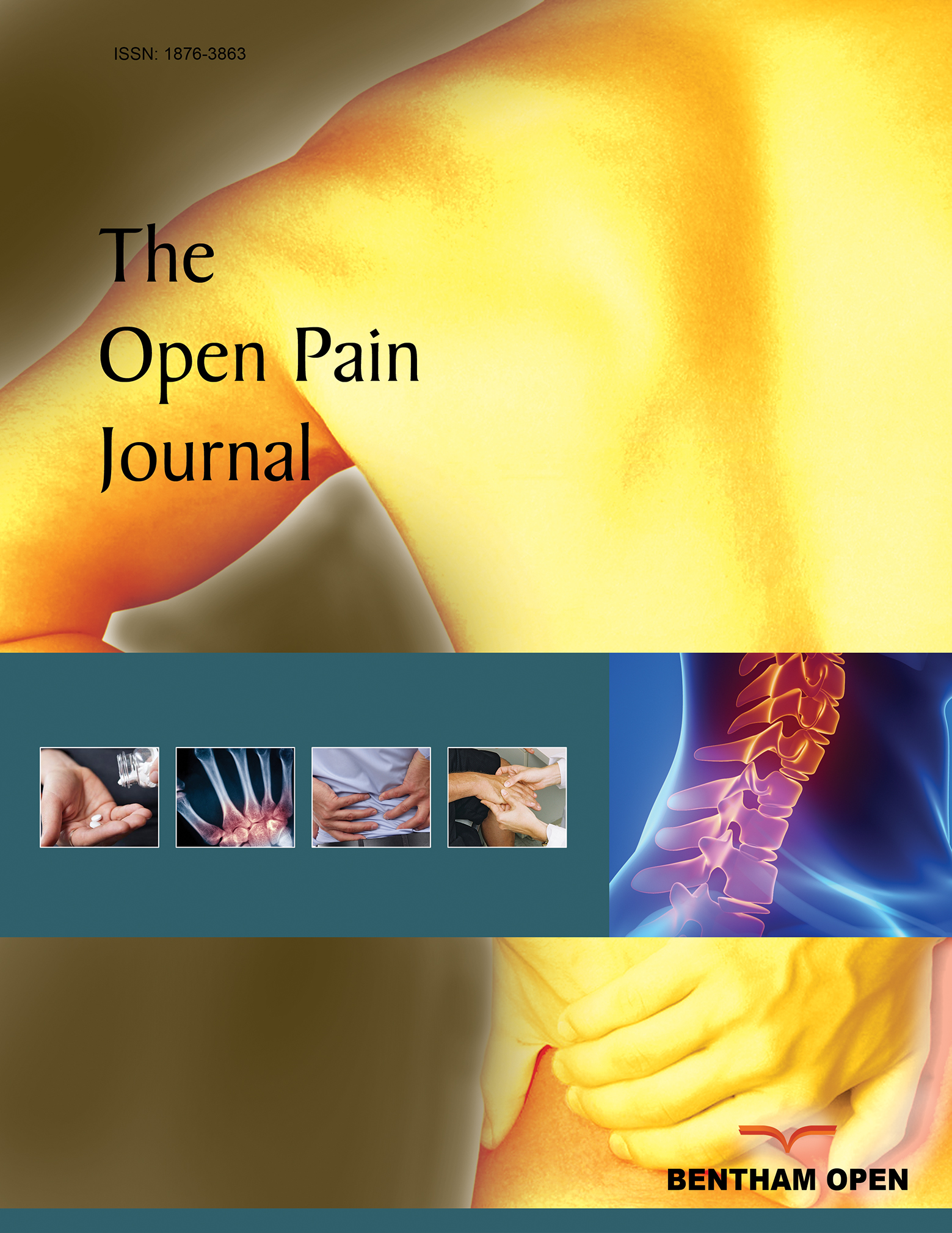Comparing Effects of Cryotherapy and Transcutaneous Electrical Nerve Stimulation on Signs and Symptoms of Delayed Onset Muscle Soreness in Amateur Athletes
Abstract
Background:
Although self-limiting, delayed-onset muscle soreness (DOMS) declines performance of the athletes. The aim of the present study was to compare the effects of repeated use of cryotherapy and transcutaneous electrical nerve stimulation (TENS) on signs and symptoms following hamstring DOMS.
Methods:
This study used a randomized controlled trial design. Thirty-two participants were randomly allocated into a TENS or cryotherapy group. Ten participants were also considered as a control group. Pain, active knee extension range of motion (AROM), triple-hop distance and thigh girth were assessed before, 24, 48 and 72 hours after inducing DOMS in the dominant hamstrings muscle.
Results:
Two-factor repeated measures analysis of variance showed a significant main effect of time for pain intensity, AROM and triple hop distance(P<0.05), and main effect of group for pain intensity and AROM(P<0.05), and interaction effects of group×time for pain intensity and AROM(P<0.05). Post hoc statistical tests showed that mean of pain intensity and AROM was changed by cryotherapy group(P<0.017).
Conclusion:
Presence of pain, decreasing AROM and reducing triple hop distance confirmed the induction of DOMS in the hamstrings. Cryotherapy was more effective than TENS for controlling pain and improving AROM after DOMS. Triple hop distance, as a measure of function, was not able to detect dominance of cryotherapy or TENS for controlling DOMS of the hamstrings in spite of repeated use of these interventions.


